Cut-off Wavelength
Definition: a wavelength above which a guided mode of a waveguide ceases to exist
German: Grenzwellenlänge
Category: fiber optics and waveguides
Formula symbol: λco
Units: m
How to cite the article; suggest additional literature
Author: Dr. Rüdiger Paschotta
The number of guided modes of a waveguide (for example, an optical fiber) depends on the optical wavelength: the shorter the wavelength, the more modes can be guided. For long wavelengths, there may be only a single guided mode (→ single-mode fibers) or even none at all, whereas multimode behavior is obtained at shorter wavelengths.
When a particular mode ceases to exist beyond a certain wavelength, that wavelength is called its cut-off wavelength. For an optical fiber, the cut-off wavelength for the LP11 mode sets a limit to the single-mode regime, as below that wavelength there is at least the LP01 and the LP11 mode.
Just below the cut-off wavelength, the mode properties often vary substantially. Typically, the mode radius (and thus the effective mode area) increases sharply near the cut-off, and the fraction of power propagating within the waveguide core decreases accordingly. That effect is shown in Figure 1 for a multimode step-index fiber; similar behavior occurs for fibers with other transverse refractive index profiles.
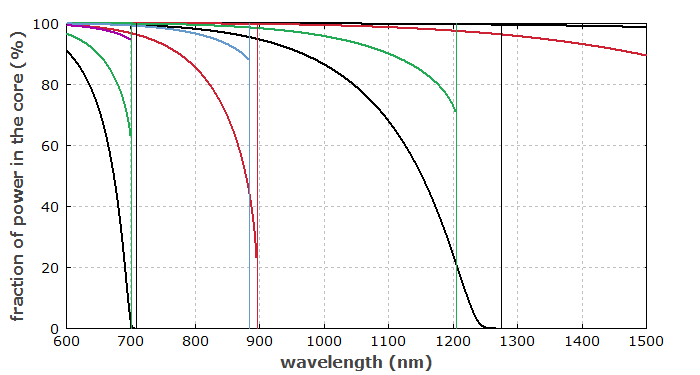
For LPlm modes of a fiber, only for l = 0 the fraction of the power guided in the core goes to zero when approaching the cut-off. For modes with higher l, the mode size stays finite there.
In step-index fibers, there is no cut-off for the fundamental (LP10) mode. For other fiber designs, in particular for some photonic crystal fibers, there can also be a fundamental cut-off.
Fibers with not radially symmetric designs (and strongly bent fibers) can have polarization-dependent cut-off wavelengths.
Just below its cut-off wavelength, the bend losses of a mode can become very high due to the increased mode area. Therefore, even for moderate bending of the fiber one may obtain sharply increasing propagation losses near the cut-off wavelength. Therefore, cut-off wavelengths can not always be precisely determined in experiments.
Questions and Comments from Users
Here you can submit questions and comments. As far as they get accepted by the author, they will appear above this paragraph together with the author’s answer. The author will decide on acceptance based on certain criteria. Essentially, the issue must be of sufficiently broad interest.
Please do not enter personal data here; we would otherwise delete it soon. (See also our privacy declaration.) If you wish to receive personal feedback or consultancy from the author, please contact him e.g. via e-mail.
By submitting the information, you give your consent to the potential publication of your inputs on our website according to our rules. (If you later retract your consent, we will delete those inputs.) As your inputs are first reviewed by the author, they may be published with some delay.
See also: wavelength, waveguides, fibers, modes, LP modes, bend losses
and other articles in the category fiber optics and waveguides
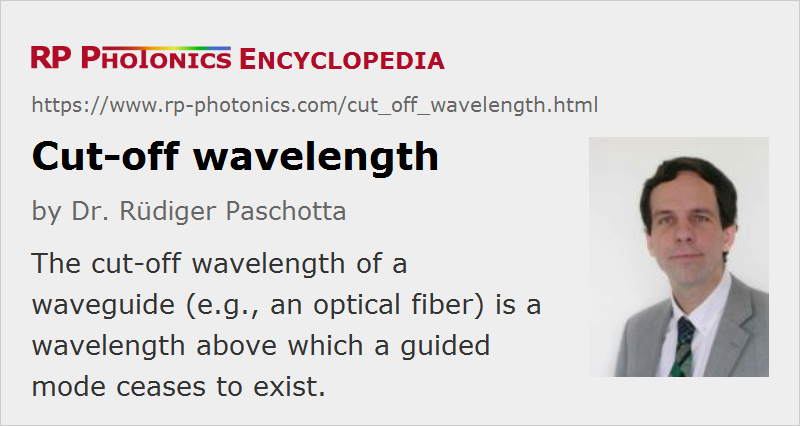 |




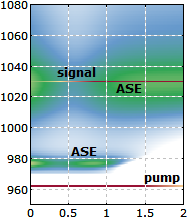


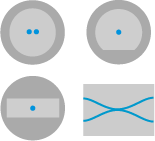

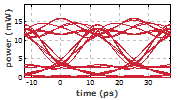
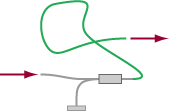
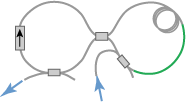
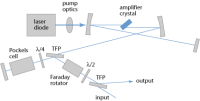

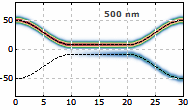
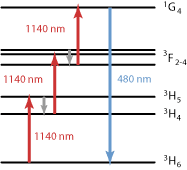

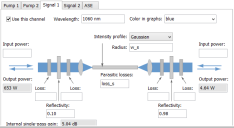
If you like this page, please share the link with your friends and colleagues, e.g. via social media:
These sharing buttons are implemented in a privacy-friendly way!